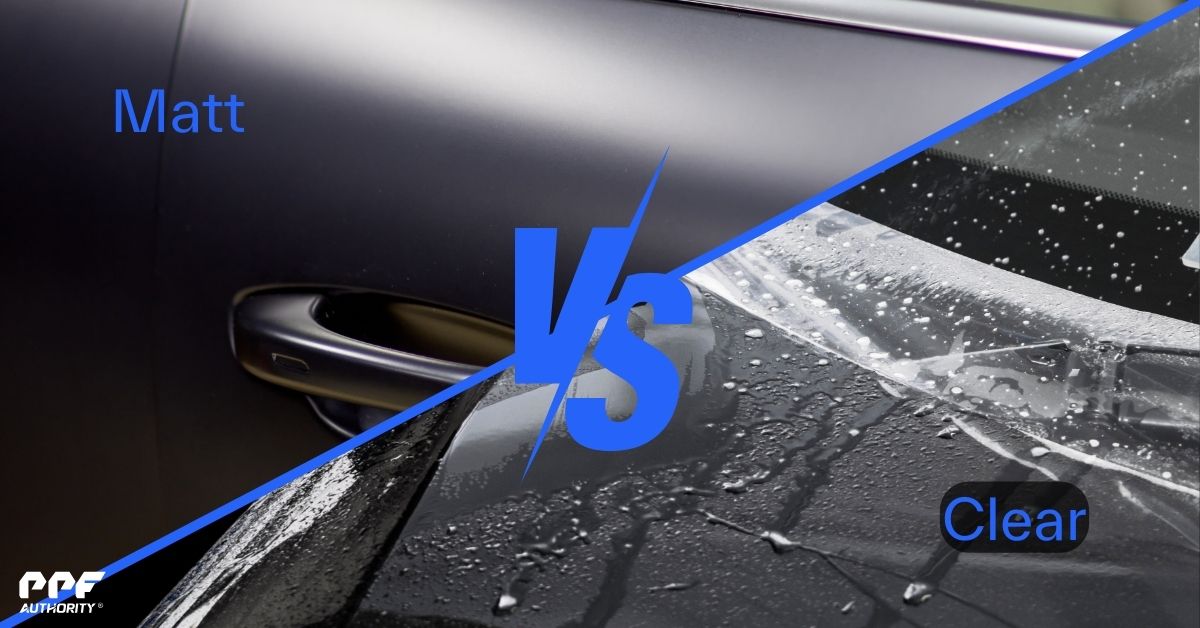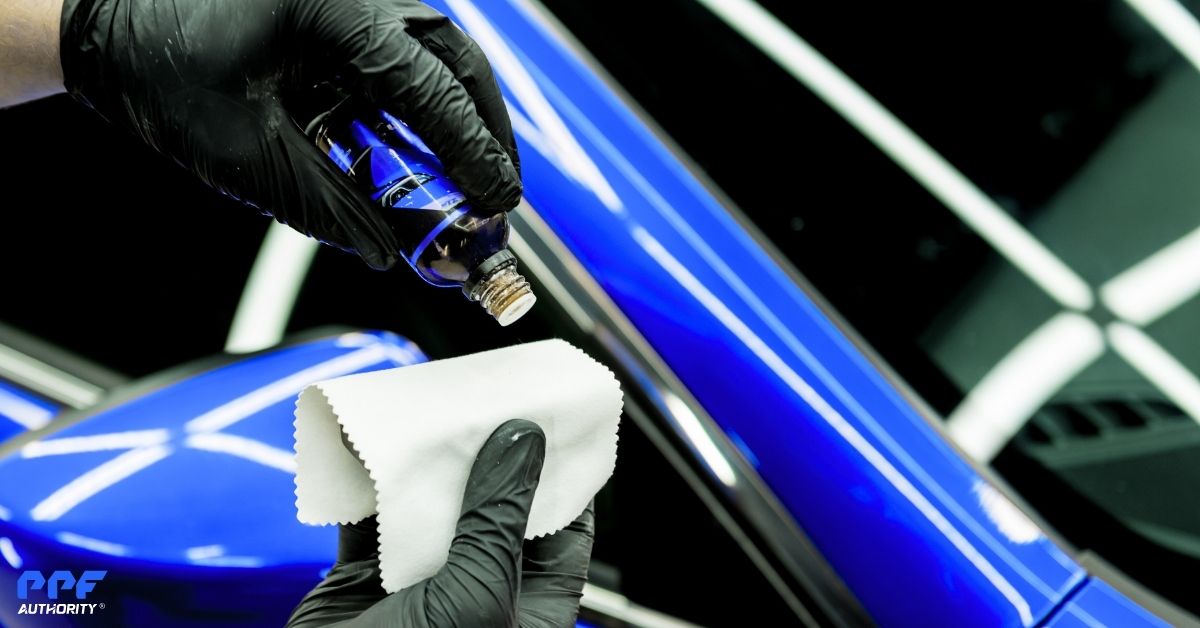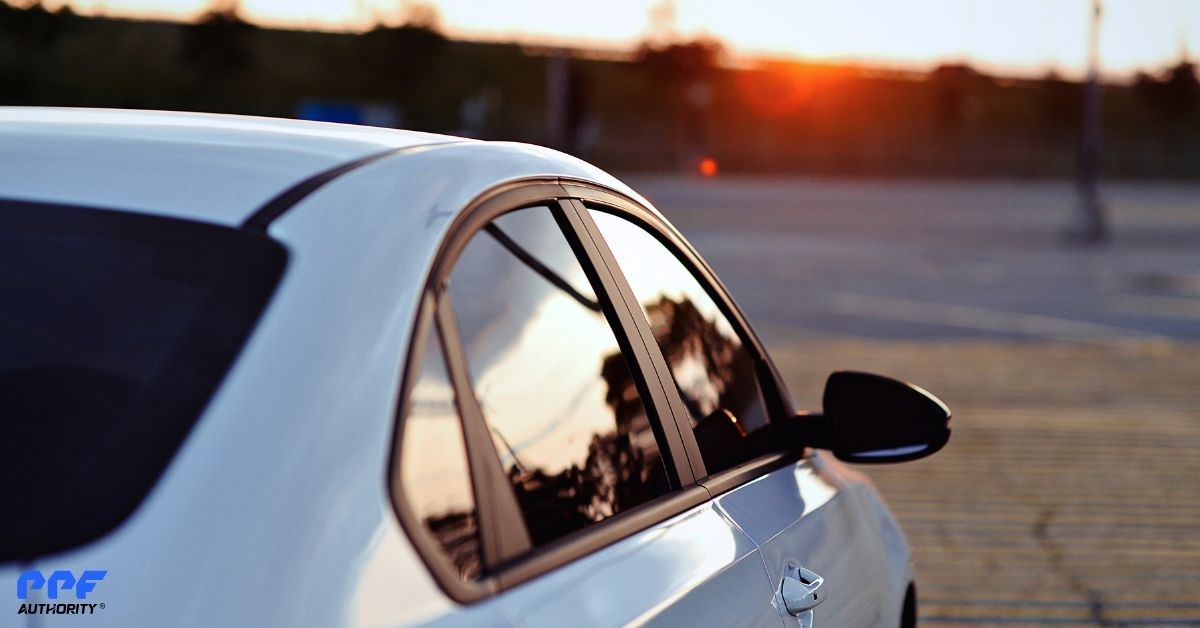Window tint laws are designed to balance personal preferences with safety and visibility requirements for drivers and law enforcement. In most states and countries, there are strict regulations regarding how dark window tints can be. However, if you have a medical condition that requires additional protection from sunlight, such as UV rays or heat, you may be able to install ceramic window tint with a doctor’s note that exempts you from standard tinting restrictions.
In this article, we’ll explain how to obtain ceramic window tint with a doctor’s note, the medical conditions that may qualify, and the steps to ensure compliance with local laws.
What Is Ceramic Window Tint?
Ceramic window tint is a high-performance film designed to block heat, UV rays, and glare without compromising visibility. Unlike traditional dyed or metallic tints, ceramic tints use nanotechnology to provide superior protection and comfort.
Key Benefits of Ceramic Window Tint:
- Blocks up to 99% of UV rays.
- Reduces interior heat by rejecting infrared radiation.
- Minimizes glare for safer driving.
- Maintains clarity without darkening the windows excessively.
For individuals with medical conditions sensitive to sunlight or heat, ceramic tint offers a functional solution that enhances comfort and safety.
Medical Conditions That May Qualify for a Tint Exemption
Certain medical conditions may make you eligible for an exemption from standard window tinting laws.
1. Photosensitivity
Conditions that cause sensitivity to sunlight or UV rays, such as:
- Lupus: UV exposure can trigger skin rashes, fatigue, and flare-ups.
- Albinism: Lack of melanin increases sensitivity to UV radiation.
- Xeroderma Pigmentosum (XP): A rare condition that impairs the body’s ability to repair UV-induced skin damage.
2. Skin Disorders
- Skin Cancer: A history of melanoma or other skin cancers may necessitate enhanced UV protection.
- Eczema or Psoriasis: UV exposure can exacerbate symptoms in some cases.
3. Eye Conditions
- Macular Degeneration: UV light can worsen this condition, leading to vision loss.
- Cataracts or Glaucoma: Individuals recovering from surgery or managing these conditions often need extra protection from glare and sunlight.
4. Autoimmune Diseases
- Sjogren’s Syndrome: This condition can make eyes more sensitive to light.
- Multiple Sclerosis (MS): Heat and sunlight can worsen symptoms in some individuals.
5. Other Conditions
- Chronic migraines triggered by sunlight or glare.
- Any other condition documented by a physician that necessitates UV or heat protection.
How to Obtain a Doctor’s Note for Ceramic Window Tint
Step 1: Consult Your Physician
Schedule an appointment with your primary care doctor, dermatologist, ophthalmologist, or specialist who is familiar with your condition.
- Explain your need for enhanced UV and heat protection while driving.
- Request a written medical exemption or letter that outlines your condition and recommends window tinting as a protective measure.
Step 2: Verify Local Laws
Laws regarding medical exemptions for window tinting vary by state or country.
- Check with your Department of Motor Vehicles (DMV) or equivalent agency for specific requirements.
- Some states may require a specific form to be completed by your doctor, while others accept a general letter.
Key Points to Verify:
- Maximum allowable tint level for medical exemptions (e.g., darker VLT percentages).
- Whether the exemption applies to all windows or specific ones (e.g., front vs. rear).
- Documentation requirements, such as keeping the exemption paperwork in your vehicle.
Step 3: Submit the Exemption to Authorities
Some jurisdictions require you to register your medical exemption before installing the tint.
- Submit the doctor’s note or exemption form to your local DMV or relevant authority.
- Once approved, you may receive an official exemption certificate or sticker to display on your vehicle.
Step 4: Install Ceramic Window Tint
Visit a professional window tinting shop that is experienced in handling medical exemptions.
- Provide the exemption documentation to ensure they comply with the specific legal requirements for your area.
- Choose a ceramic tint with the right balance of UV protection, heat rejection, and visibility.
Legal Considerations for Medical Tint Exemptions
1. Carry Documentation
Always keep a copy of your medical exemption and tint certification in your vehicle. This can help resolve any issues if you’re pulled over by law enforcement.
2. Compliance with Local Laws
Even with a medical exemption, you may still need to meet certain restrictions. For example:
- Windshield tints may be limited to a specific area, such as the top 6 inches.
- Some states require the tint to allow a minimum level of visible light transmission (VLT), even for exempted vehicles.
3. Renewal Requirements
Medical exemptions may need to be renewed periodically. Check with your local DMV for renewal intervals and procedures.
Why Ceramic Tint Is the Best Choice for Medical Exemptions
Ceramic window tint is particularly suited for individuals with medical exemptions due to its high performance and non-metallic composition:
- Superior UV Protection: Blocks up to 99% of harmful UV rays, reducing the risk of skin damage and heat-related symptoms.
- Heat Rejection: Keeps the interior cooler, improving comfort for those sensitive to heat.
- No Signal Interference: Unlike metallic tints, ceramic tint doesn’t interfere with GPS, cell signals, or radio reception.
- Enhanced Clarity: Provides effective protection without excessively darkening the windows, maintaining visibility and compliance.
Conclusion
For individuals with medical conditions that require enhanced UV and heat protection, ceramic window tint with a doctor’s note is a practical and legally viable solution. By consulting with your physician, verifying local laws, and working with a professional installer, you can enjoy the benefits of high-performance ceramic tint while staying compliant with legal requirements.
Take control of your comfort and safety on the road by exploring your options for medical exemptions and ceramic window tint today.


